Featured SalmonState Column
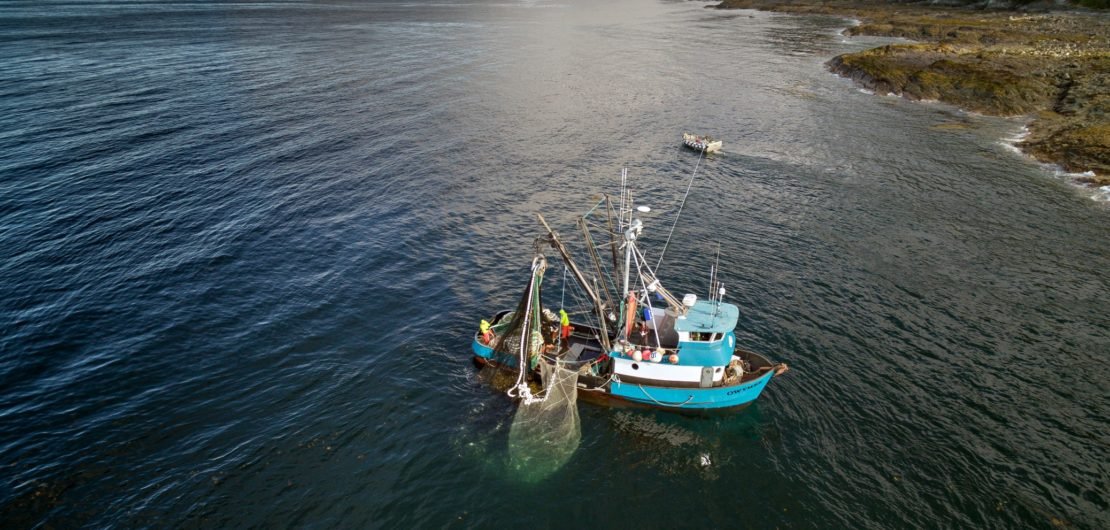
Working for free: What’s the dollar value of wild salmon produced by the Tongass and the Chugach?
Clean air. Clean water. Deer. Moose. Blueberries. Salmon.
Alaska’s Tongass and Chugach National Forests provide many different things to the people who rely on them for food, recreation or a living, but because the forests work for free, the value of the services they provide is sometimes hard to recognize. As part of a growing movement to figure out the dollar value of those forest “products,” however, scientists for the first time have estimated the value of the Tongass and the Chugach National Forests to Alaska’s commercial salmon industry.
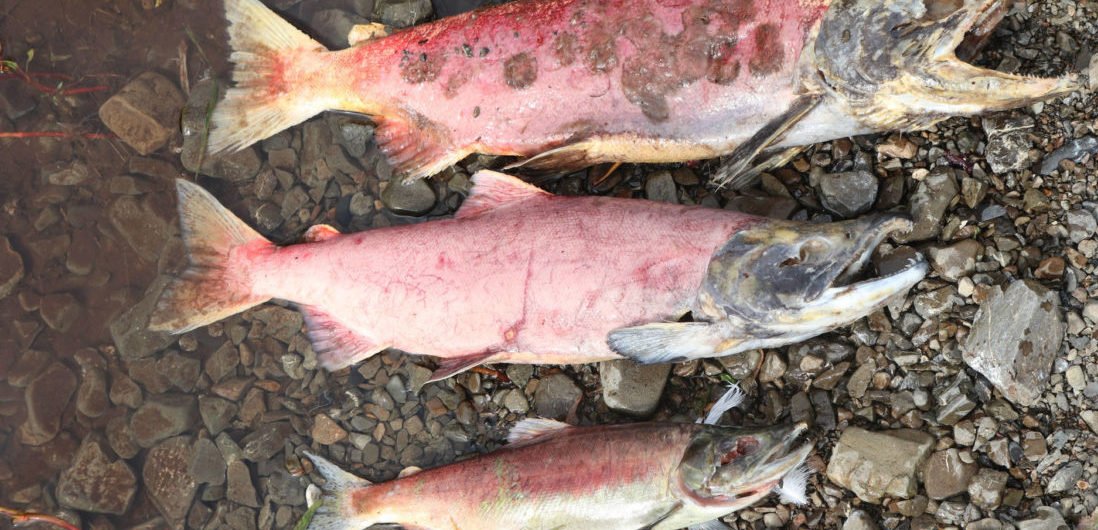
Short lived salmon play a role in long term survival
If you’ve fished around Frazer Lake on Kodiak Island over the last 20 years, odds are you’re familiar with jack salmon — a salmon, usually sockeye or a king, that returns to its natal stream after an abnormally short time at sea. For sockeye, that’s one year; for kings, one to two. Because jacks spend less time at sea and have less time to grow, they’re much smaller than normal.
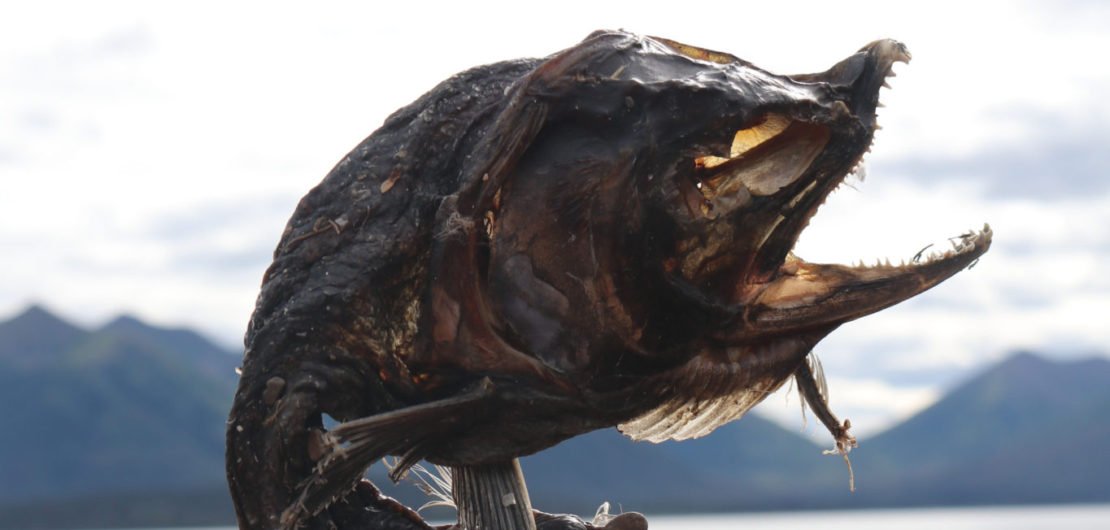
“Surfing the salmon wave” in Bristol Bay
By mid-August Bristol Bay’s river systems are choked with fish, but early July, when most of the bay’s sockeye salmon are fighting their way in from the sea, is another story. What’s a bear — or a grayling, trout or gull — to do?
The short answer is: start surfing.
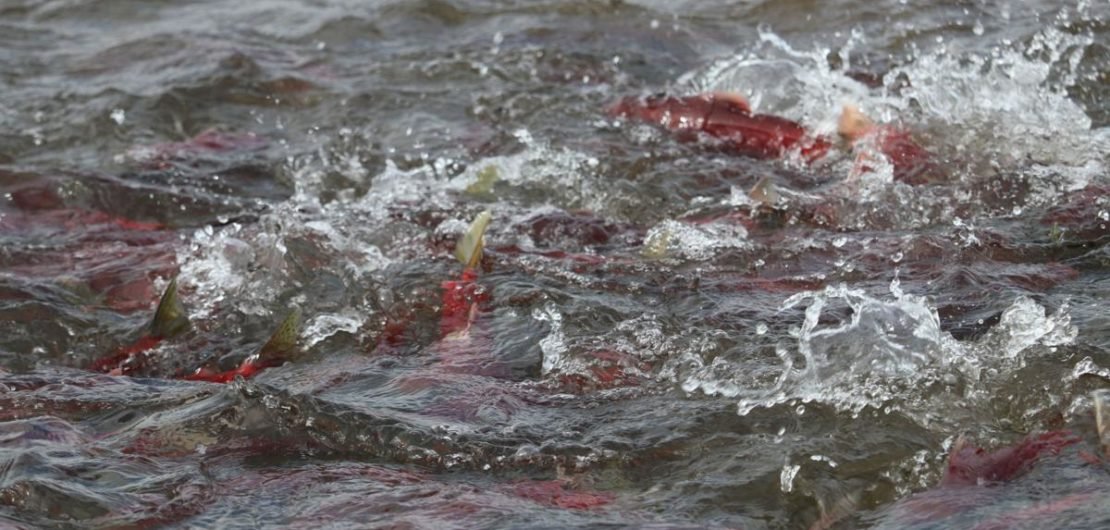
Upriver during a record year at Bristol Bay
As fishermen leave Dillingham and canneries shut down, the Wood River system in the Bristol Bay watershed brims with sockeye salmon.
The second week of August, I got to spend several days upriver. Sockeye schooled at the mouths of small streams off the lake system, their fins cutting through the water. They choked ankle to knee-deep streams more narrow than the width of your dining room table. Females dug redds in the same part of the streams they were born in, fighting off both other females and undesirable males. The bodies of those who arrived before them littered the banks, and as later fish dug redds, unearthed eggs floated downstream, snapped up by opportunistic rainbow trout and arctic char.
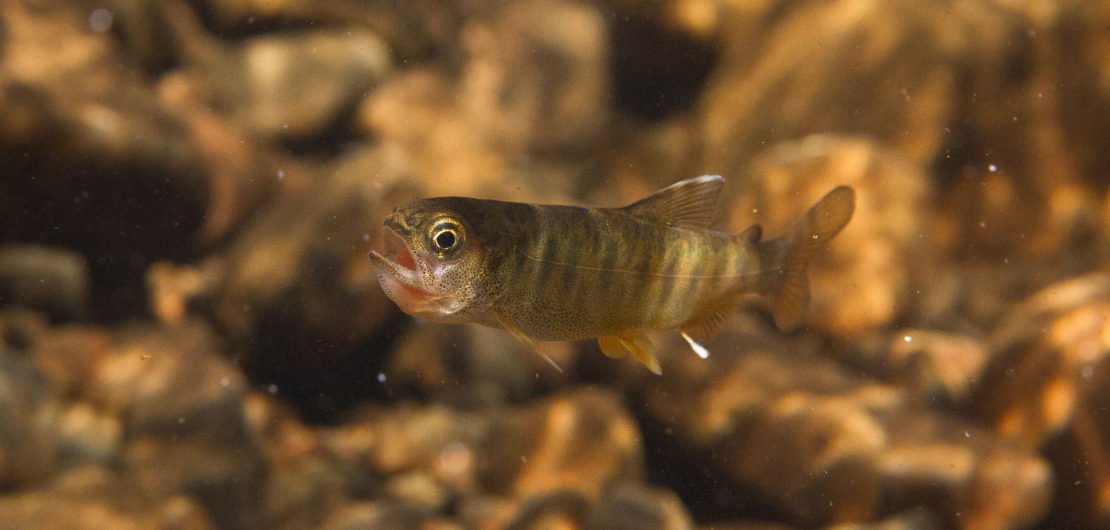
The impossible journey of the juvenile coho
Turns out finance and salmon survival have something in common: the importance of diversification.
As a PhD student with the University of Washington’s Alaska Salmon Program, Jonny Armstrong — now assistant professor at Oregon State University’s Fish and Wildlife Department — snorkeled the Wood River in the Bristol Bay watershed. He soon encountered a mystery: juvenile coho as much as a mile from the nearest sockeye spawning ground had sockeye eggs in their stomachs.
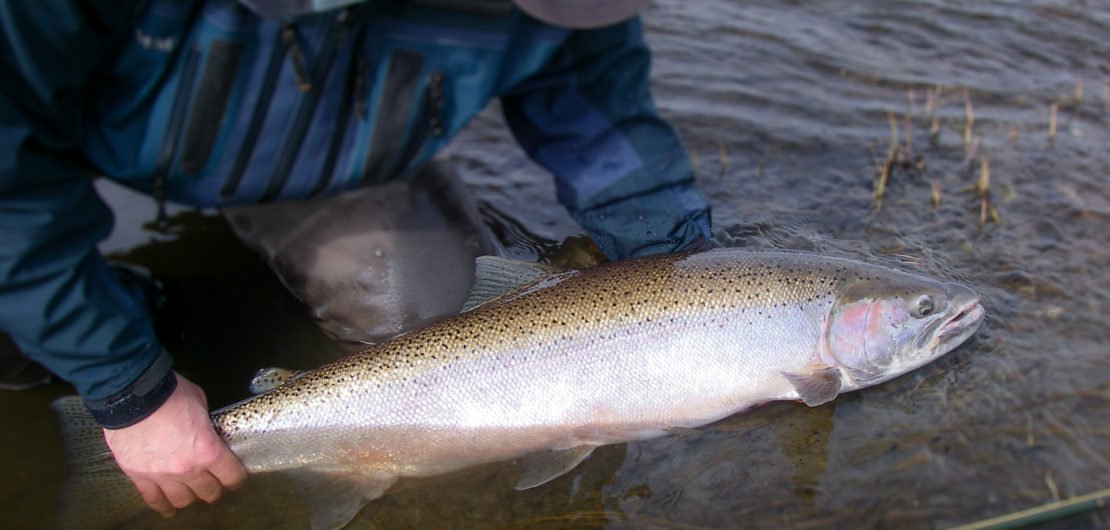
Hunting for fish in Alaska’s steelhead bearing rivers and streams
For most people, steelhead — sea-run rainbow trout — are “the fish of 10,000 casts.” To catch them, you stand waist-deep in a spring-melt river, growing numb with cold as you cast… and cast… and cast.
Trout Unlimited sportfish outreach coordinator and Bear Creek Outfitter fishing guide Mark Heironymus says it doesn’t have to be that way. A better word than “fishing” for steelhead, he said, is “hunting.” You might go hours between casts, but once you line everything up right, you get your fish.

